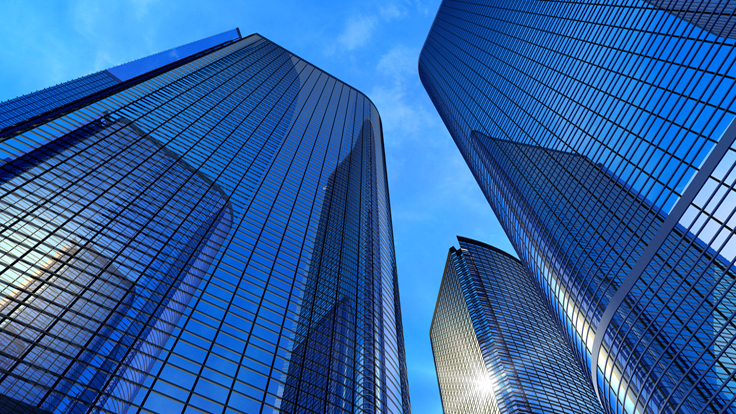
Matthew McGovern
GRS Group
(646)760-0851
[email protected]
There hasn’t been a slowdown yet, if one is coming.
Commercial real estate transactions during the first quarter hit $107 billion across the five major property sectors, a year-on-year increase of 6.7 percent, according to Ten-X Commercial, citing Real Capital Analytics data.
Though deal volume was down compared to 2017’s fourth quarter, by 14 percent, as well as from the prior three-month period, the Ten-X report said that was to be expected, considering that the end of the year usually trends higher deal volume.
The main challenges facing the transaction are apparently rising interest rates and concerns about a bubble in the overall economy that could impact commercial real estate prices.
The property sectors with the largest quarter-over-over quarter volume drops were multifamily and office, which reportedly fell $12 billion and $9.5 billion, respectively. Meanwhile, by percentage, industrial transactions, at 19.5 percent of the total dollar volume, were nearly double their 10-year average. Another positive story was the hospitality sector, which had a 10.2-percent total of overall deals and skyrocketed 60 percent. Retail rose 600 basis points, hitting 12.3 percent. Though multifamily took the largest share, at 32.5 percent, it dropped by a 500-basis-point decline. Office assets, at 25.6 percent, claimed a high number despite their 400-basis-point fall.
Pricing numbers for commercial real estate assets are down overall, according to Ten-X data. Valuations fell 1.4 percent year over year, possibly signifying a correction in the market. The only two sectors that witnessed increases over that time were retail and office properties. Surprisingly, the red-hot industrial arena experienced a 5.1 percent drop over the same year-ago period. Worries about trade policy are considered an influence in these results.
However, as often the case, different commercial real estate market reports can have varying conclusions. Bloomberg recently cited data from Green Street Advisors that said industrial values have increased 15 percent over the last year, so go figure. And Blackstone is not shy about purchasing industrial portfolios nowadays. Malls, meanwhile, lagged the most, with a 12-percent dip, which is not a surprise, considering the amount of work it takes for a landlord to fill a vacant department store with another use, though there has been a lot of success in that endeavor.
Fundamentals in commercial real estate are in an overall good place amid this uncertainty and change in the macroeconomic environment. But good job numbers, rising pay rates and consumer confidence and an increase in commerce spending are so far spelling a good picture for the industry.
About GRS Group:
GRS Group is a leading provider of commercial real estate (“CRE”) services worldwide. With offices across the United States, Europe, and affiliates around the globe, GRS Group provides local market knowledge with a global perspective for institutional real estate investors, occupiers and lenders worldwide. The GRS Group team has evaluated and advised on over $1 trillion in CRE transactions.

